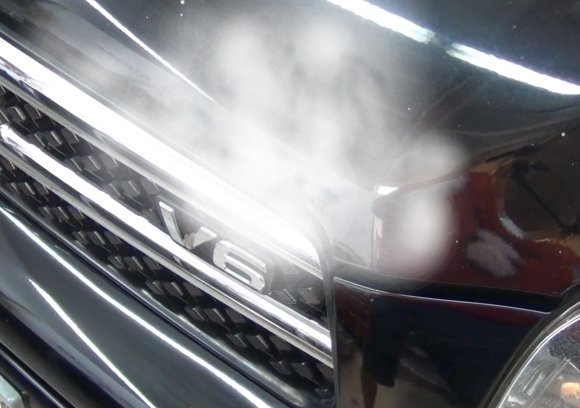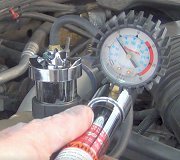It's going to cost you dollars for the pennies you think you saved, although I have to agree, GM has figured out a lot of ways to separate you from your money after the sale. For GM owners, an independent repair shop is a better alternative, although they have figured out ways to prevent you from going anywhere else too.
Freeze plugs, also called "core plugs", are among the many things that commonly corrode on GM products, especially when the coolant is not changed often enough. Acids build up in the coolant that also attack heater cores and radiators. GM advertised the Dex-Cool antifreeze as "lifetime" antifreeze to falsely make their cost of regular maintenance appear to be lower than that of their competitors, but on their coolant reservoirs it says to replace it every three years. Even the Dex-Cool company doesn't recommend a three-year interval. The anti-corrosion inhibitor and water pump lubricant additives wear out in about two years, then the acids that naturally form do not get neutralized. Core plugs typically corrode through and leak after 25 to 30 years, ... Except on newer GM vehicles.
As far as what is leaking, there is no way to tell that over a computer. Your original mechanic was in the best position to determine the cause while the vehicle was on the hoist. Once the engine has cooled down, add water at the radiator, then watch where it is running out. If the engineers left the cap off the radiator and you have to fill at the reservoir, the water may not run in very fast unless you use something to pressurize it. For the age of your vehicle, a ruptured heater hose or radiator hose would normally be a better suspect. If a core plug is indeed leaking, any auto parts store will have books that they can show you the locations of them and their sizes. Replacing them is usually not a do-it-yourselfer operation since they can be hard to get to and special installation tools make the job go a little easier. Be aware to, ... I heard a story of someone trying to drill through one so he could run in a self-tapping screw to pull on, and he drilled through the cylinder wall and turned the engine into junk. He was trying to remove a good core plug on a new car so he could install an engine heater, (which should no longer be needed). If you have a leaking core plug, it is corroded enough that you don't have to drill through it. Tapping it with a screwdriver will make the hole obvious.
If a new core plug is needed, tap on the other ones to see if they are also corroded. Often casting sand will accumulate next to one of them and promote rapid corrosion of just that one. The other plugs will be fine. If you do find more than one is leaking, then replace them all, and be sure to replace the coolant.
Tuesday, April 19th, 2016 AT 1:50 PM


